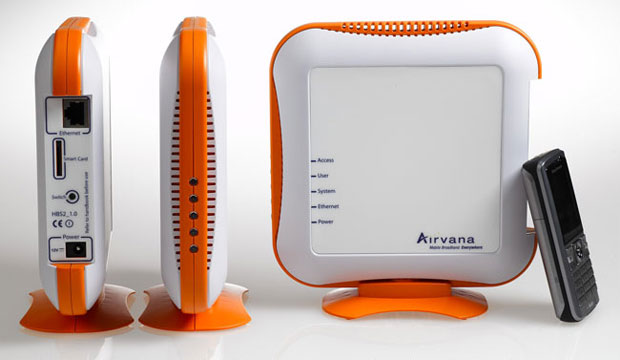Femtocell and Small Cell Market Set to Accelerate in Growth
Femtocell and Small Cell is touted as an ideal solution for cutting mobile costs and boosting indoor network coverage. For mobile devices, it promises to offers faster data connections and fewer dropped calls, and improved mobile voice quality. Despites their benefits these devices have show slow take up from residential and small businesses. However, according to a report titled “Small Cells and Femtocells Market Shares, Strategy, and Forecasts, Worldwide, 2013 to 2019”, this is about the change.

Small cell and femtocell market shipments forecast analysis indicates that markets at $420 million in 2012 are expected to reach $5.98 billion by 2019. This is due to the number of mobile internet users which has surpassed desktop users as tablets erode the PC markets rapidly. Video streaming and VoIP inflate traffic volumes by a factor of 1,000-fold by 2020.
Market growth comes because there is no other way to build out wireless data infrastructure in an economical manner. Adding conventional base stations is and unaffordable way to handle this situation. Operators are now looking for cost-effective solutions to ease the pressure on their existing infrastructure.
The technology come in three segments based on service category: residential and SOHO, enterprises, and others. The residential and SOHO segment includes home and small office applications; the enterprises segment includes government buildings, hotels, retail chains, hospitals, and SMEs, and the others segment includes urban and rural areas. Urban areas include indoor and outdoor places such as transport hubs, convection centres, shopping malls, and parks or city centres.
Small cells are able to offload traffic from the wider network to local network at a street and indoor level. Small cells work for individual subscribers, public places, and enterprises. A cluster of low-power access points are connected to a local controller. The quality of voice calls and data transmission is improved in a cost effective manner.
Small cells are units that address the wireless services operator needs to continue to support of mix of 3G and 4G subscriber device generations and a mix of 3G and 4G technology within the same device. LTE standards for data are well established but wireless devices, smart phones still use 3G for voice services, creating a need for 3G and 4G transmission capability.
Operators continue to deliver voice via their 3G networks even as they move data to LTE. As a result, subscriber devices are a mix of 3G-only and 4G plus 3G, with very few 4G-only devices. To support these subscribers comprehensively across all types of mobile services, operators must deploy a multi-mode radio access infrastructure including multimode femtocells.
The small cell and femtocell designs amalgamate a group of features generally found on bigger base station installations to represent a local solution that is cheaper, faster, and better. These include the transmitters, the receivers, software middleware needed for a very local integrated approach to improving signal transmission for smart phones and tablets. Significant investments in research and development are necessary as the emerging small cell and femtocells industry builds on incremental technology roll outs.
The delivery of apps is anticipated to grow to a $236 trillion, yes trillion dollar, market by 2019. This means a lot of data streaming around.
"Small cell market growth is a result of various moves toward autonomous miniature base stations that are used as boxes to improve cell phone transmission, particularly smart phone signal transmission from everywhere”, said Susan Eustis, principal author of the report.
Market driving forces relate primarily to the need for increased local signal strength. Service providers are positioning with various small cell and femtocell models to meet huge demand as the world moves to 8.5 billion smart phones in use by 2019 and trillions of interconnected sensors on the Internet of Things. Many small cell vendors are making inexpensive smart phone local transmission a reality.